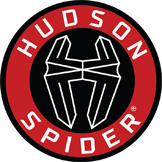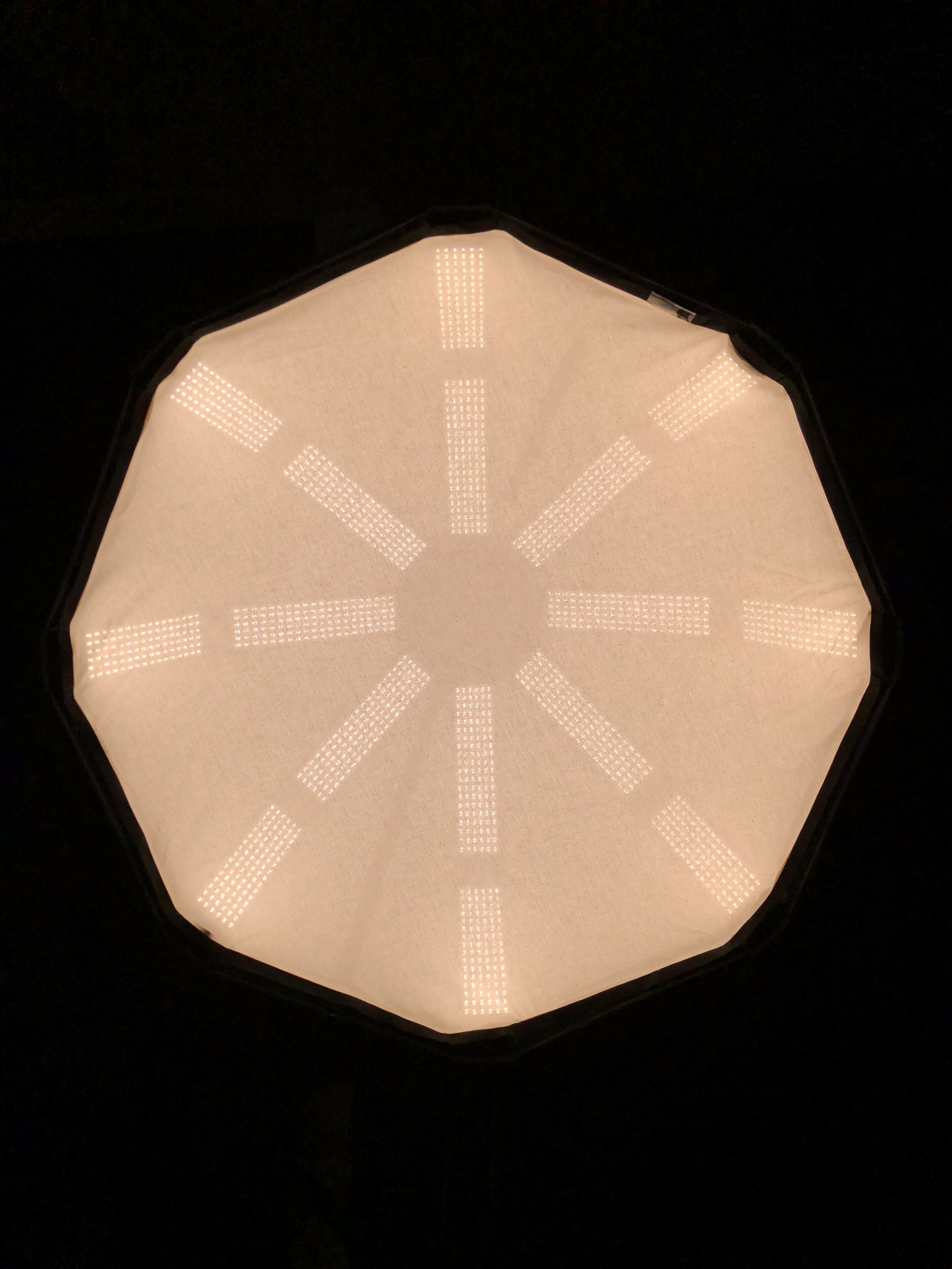To Diff or not to Diff…
Aha! We’re back. Sorry for the brief blog hiatus, no excuses, because ‘busy’ is no longer a valid excuse, we might as well say, because….. ‘life’.
On the topic of to diff or not to diff, lets start with the facts, quoting our Life Library of Photography book from 1970, yep, 1970. “Light coming from directly from a single source is harsh, creating bright planes and deep shadows, it is a picture of absolutes, detail fades in the deep blacks and bright whites. Reflected or diffused light is soft. It fills in shadows and plays down contours…soft light seems to come from everywhere and nowhere.” This was written almost half a century ago, but some shit never changes.
So, hence the reason reflected light umbrellas that have been loved by photographers for years. They turn a single bright source into an ‘everywhere and nowhere’ source by reflection. It also explains the explosion of octa light banks in recent years. They can turn a traditional single source hard light source into a soft source with diffusion. But the fact remains they are still a singular source, rather flat, no specular highlights or wrapping. And after your light is diffused is the unavoidable fact that your light is no longer anywhere near as bright as it once was.
Since the introduction of LEDs, the whole world of lighting is becoming less of an unmanageable monster. The reduction in heat, weight and maneuverability is making set life a whole lot easier. But until Hudson Spider, everything was still flat and required diffusion for softness. The parabolic layout of our lights virtually eliminates the need for diffusion, the Redback has that ‘everywhere and nowhere’ light from the 3456 light sources that are not on the same plane, it is these that wraps the subject so divinely, and because we don't need diffusion, our light is bright enough to combat the Californian sun!
So, why do you sell diffusions then? Well, smarty pants, lets look at the whens and whys and options of diffusion with the Redback.
Numero Uno: Reflections
Eye glasses, sun glasses, polished cars on commercials, sparking bench tops on your cooking show, reflections on that brand new top secret iPhone for that epic commercial you just landed, even eye lights. That is THE number one reason for diffusion. And in these scenarios, you NEED diffusion. For eyelights, you want to retain texture, so go with something light, like a polysilk, but for that iphone commercial, the magic cloth, every single time.
The second reason is spread. A diffusion placed on the front of a Redback changes the angles of spread from 90 degrees to approximately 270 (top image versus bottom image).
Thirdly, you are a freakin’ artist. Fair enough, we are to. These are the options we have for you:
FULL GRID
Super safe choice. Not too thick, not too thin. Goldilocks preferred.
HALF GRID
When you want the spread but you don’t want to kick the shit out of it.
POLYSILK
For those beauty applications. In the words of Steven Fierberg ASC, ‘she’s gonna feel beautiful just looking at it, and that, is 90 percent of the battle’.
HALF SOFT FROST
The white vinyl product offers a unique scattering of light and allows more light to transmit and minimizing light loss. It’s a gorgeous eye light, take a photo of that one in someone’s eyes and you won’t believe what you are seeing.
CHIMERA CLOTH (MAGIC)
For a 100% opaque and even surface. Perfect for so many things, this should always be in your kit.
BLEACHED MUSLIN
Thick, cooler, wanna be hipster. The weave width allows the lights to be seen.
UNBLEACHED MUSLIN
Totally warm, crunchy granola, vegan, hemp pants, bearded, cold filtered coffee drinking hipster. You know you want it.
“There are infinite shadings of light and shadows and colors... it’s an extraordinarily subtle language. Figuring out how to speak that language is a lifetime job”

![bannerBGcroppedb7y[3552].png](https://images.squarespace-cdn.com/content/v1/5882adc8d1758e6708b60c1a/1539896508782-T4U7LGS7LT8KKC5NYDG5/bannerBGcroppedb7y%5B3552%5D.png)










